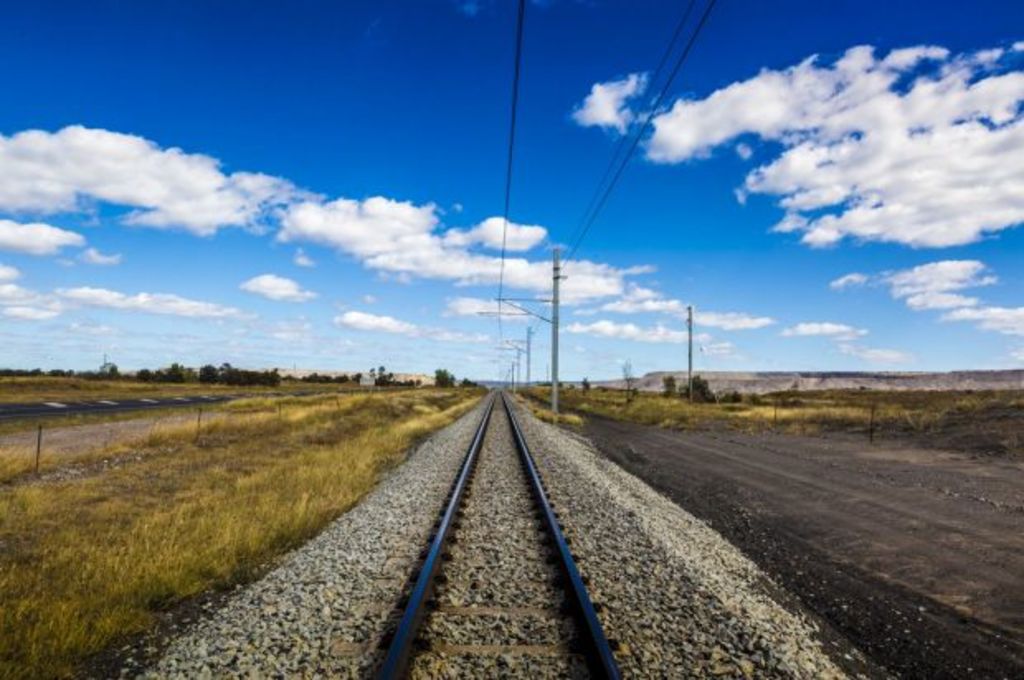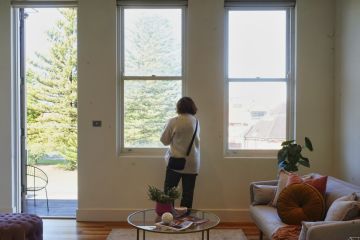Extreme commuting: Taking two hours or more to get to work

In 1492, after an arduous voyage aboard Columbus’s vessel the Santa María, Rodrigo de Triana, a lookout, bellowed, “Tierra!”
This is pretty much how Corey Ferrell, a commuter, sometimes feels upon docking at his Manhattan office following a heroic three-and-a-half-hour, one-way commute — by bicycle, two trains, and on foot — from Oxford, Connecticut.
About 180 miles to the west, in Bethlehem, Pennsylvania, Scott Ubert, a corporate chef in Manhattan, starts his extended day at 5am. An hour later, coffee in hand, he drives 10 minutes to an open-air bus stop where he catches the 6:20 to the Port Authority Bus Terminal — two hours if the stars align. From there, he has a leg-stretching 20-minute walk to work.
“The ride is pretty comfortable,” Mr. Ubert said. “But just hope you don’t get one of the old clunkers.” Like nearly all “extreme commuters” — defined here as people who commute a minimum of two hours each way, five days a week — Mr Ubert settles in, pulls out his iPhone and laptop and gets to work answering emails, texting and planning menus. He typically logs a 10 to 12-hour workday, returning home at close to midnight.
“My wife always waits up, which is nice,” Mr Ubert said. “Our little guy goes to bed at 9pm, which is not so cool, but he loves the backyard and neighbourhood, so it’s completely worth it.”
At first Mr Ubert thought he would hate the commuting life, but that soon changed. “It’s really not so bad, and what we get in return is amazing.” What they get in return is a 288 square metre, five-bedroom, four-bath colonial on one rustic acre, for which they paid $375,000 last year.
“It’s true, we are living the American dream, with deer running around in our yard, and bald eagles, too.”
It would be an overstatement to say extreme commuting is a major trend. After all, how many people can withstand 200 hours a month travelling back and forth?
For those who can, however, the motivations are similar: the need to leave an unaffordable city, expanding families, a search for better schools, tranquil environs and more real estate bang for the buck. And as employers become more open to flexible work hours, combined with technology that makes it easier to carry the office with you, the long-distance commute is expected to grow significantly.
“Technological changes have made it more possible to redefine the workplace,” said Mitchell L. Moss, director of the Rudin Center for Transportation at N.Y.U. “Even in New York City, which has been famous for not allowing people to work at home, there is now more tolerance of flexible time.”
There is little data on long-distance commuting. The United States Census Bureau defines “long commutes” as 96 kilometres each way, which is hardly breaking a sweat for today’s morning marathoners. In 2013, 21 percent of commuters spent 60 minutes or longer getting to work, half of those driving alone. New York State had the highest rate of long commuters, about 16 percent, followed by Maryland and New Jersey, at roughly 15 percent.
“We are now getting more middle and upper-level executives with young families looking for prime waterfront property,” said Meig Walz of Coldwell Banker in Madison, Connecticut, which is about 15 minutes east of New Haven and halfway between New York and Boston. Four and five-bedroom waterfront homes in Madison are in the $2 million range, half of what they would fetch in Fairfield County, and with lower taxes.
Observing this lifestyle, one might ask, what character traits dispose one to engage in a weekday ordeal of near allegorical sacrifice?
For one, virtually all possess a sense of resigned equanimity when discussing their routines. No one complained. (Well, one groused about the removal of beer carts from the platform entrances in Grand Central.) And they appeared to have resolved, in a selfless and resolute way, the urban breadwinner’s equation that weighs time, motion, family, career and environmental serenity. (Add sanity to the checklist.)
They hold good jobs, but not so good that they would put up with anything to hold them. They are family focused, yet appear unburdened by any guilt about seeing their children mostly when they are unconscious.
“We do a lot of stuff on weekends,” Mr Ubert said.
Mr Ferrell, in Connecticut, an electrical engineer, has had an extreme commute for eight years. He considers the train an adjunct to his office, with a “hot spot” internet connection and adequate space to spread out papers.
His children are grown and out of the house. This, he said, frees up weekends so he and his wife can … take the train to Manhattan.
“I love the city,” he said. “We do it all the time.”
This story was first published in the New York Times.
We recommend
We thought you might like
States
Capital Cities
Capital Cities - Rentals
Popular Areas
Allhomes
More







